Rising Demand for Efficiency
The Commercial Robotic Market experiences a notable surge in demand for efficiency across various sectors. Businesses are increasingly adopting robotic solutions to streamline operations, reduce labor costs, and enhance productivity. For instance, the manufacturing sector has reported a 20% increase in productivity through automation, which underscores the potential of robotics in optimizing workflows. This trend is not limited to manufacturing; logistics and warehousing are also witnessing a shift towards automation, with robots handling inventory management and order fulfillment. As companies strive to remain competitive, the integration of robotics appears to be a strategic move to achieve operational excellence. The Commercial Robotic Market is thus positioned to benefit from this growing emphasis on efficiency, as organizations seek innovative solutions to meet rising consumer demands.
Advancements in Robotics Technology
Technological advancements play a pivotal role in shaping the Commercial Robotic Market. Innovations in artificial intelligence, machine learning, and sensor technology are enhancing the capabilities of robots, making them more adaptable and efficient. For example, the introduction of collaborative robots, or cobots, allows for safer interaction between humans and machines, thereby expanding the scope of robotic applications. The market for service robots is projected to grow significantly, with estimates suggesting a compound annual growth rate of over 25% in the coming years. This growth is indicative of the increasing reliance on sophisticated robotic systems in various sectors, including healthcare, retail, and hospitality. As technology continues to evolve, the Commercial Robotic Market is likely to witness an influx of advanced solutions that cater to diverse operational needs.
Growing Focus on Safety and Compliance
Safety and compliance are becoming increasingly critical in the Commercial Robotic Market. As organizations adopt robotic solutions, there is a heightened emphasis on ensuring that these systems adhere to safety regulations and standards. This focus is particularly evident in sectors such as manufacturing and healthcare, where the potential for accidents and liability issues is significant. Companies are investing in safety features and compliance measures to mitigate risks associated with robotic operations. The market for safety-compliant robots is expected to grow, with projections indicating a 20% increase in demand for safety-enhanced robotic systems. This trend reflects a broader commitment to creating safe working environments while leveraging the benefits of automation. Consequently, the Commercial Robotic Market is likely to evolve, with safety and compliance becoming integral components of robotic deployment strategies.
Labor Shortages and Workforce Challenges
The Commercial Robotic Market is significantly influenced by labor shortages and workforce challenges. Many industries are grappling with a diminishing labor pool, which has prompted organizations to seek alternative solutions to maintain productivity. The manufacturing sector, for instance, has reported a 15% decline in available skilled labor, leading to an increased reliance on automation. Robots are being deployed to fill gaps in labor, particularly in repetitive and hazardous tasks, thereby ensuring operational continuity. This trend is not confined to manufacturing; sectors such as agriculture and healthcare are also facing similar challenges. As businesses adapt to these workforce dynamics, the Commercial Robotic Market is poised for growth, as automation becomes a viable solution to address labor-related issues.
Increased Investment in Robotics Startups
Investment in robotics startups is on the rise, significantly impacting the Commercial Robotic Market. Venture capitalists and private equity firms are increasingly recognizing the potential of robotics to transform various sectors. In recent years, funding for robotics companies has surged, with estimates indicating a 30% increase in investment compared to previous years. This influx of capital is fostering innovation and accelerating the development of cutting-edge robotic solutions. Startups are focusing on niche applications, such as agricultural robots and autonomous delivery systems, which are gaining traction in the market. As these innovations come to fruition, the Commercial Robotic Market is likely to expand, driven by the emergence of new technologies and applications that cater to evolving consumer needs.

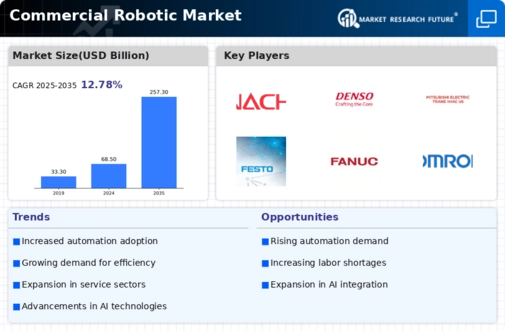
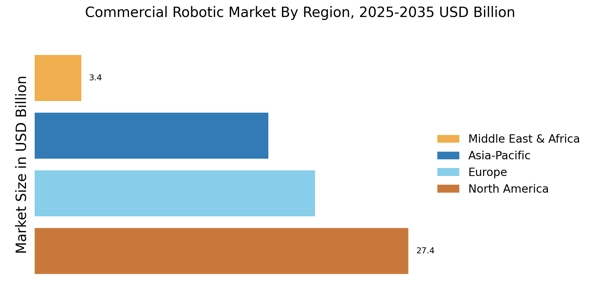


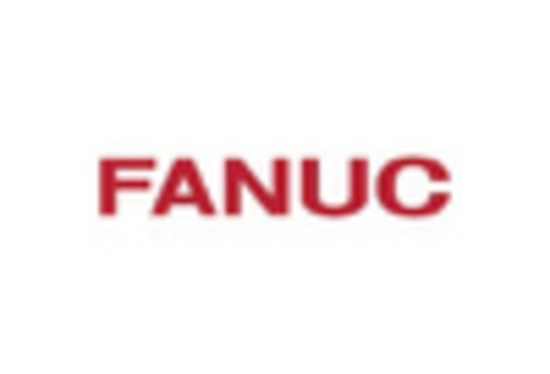

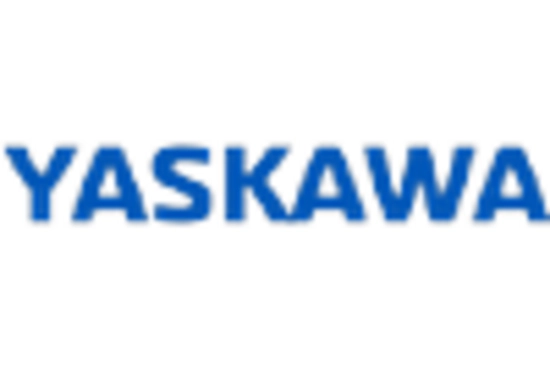
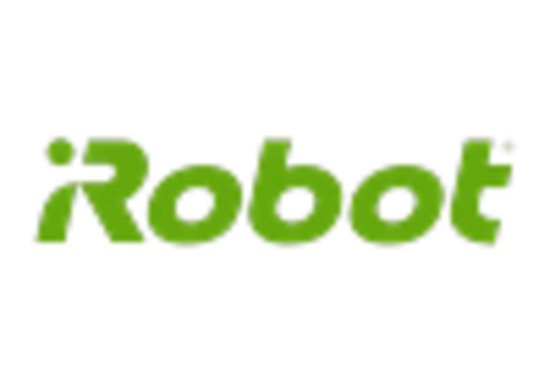








Leave a Comment